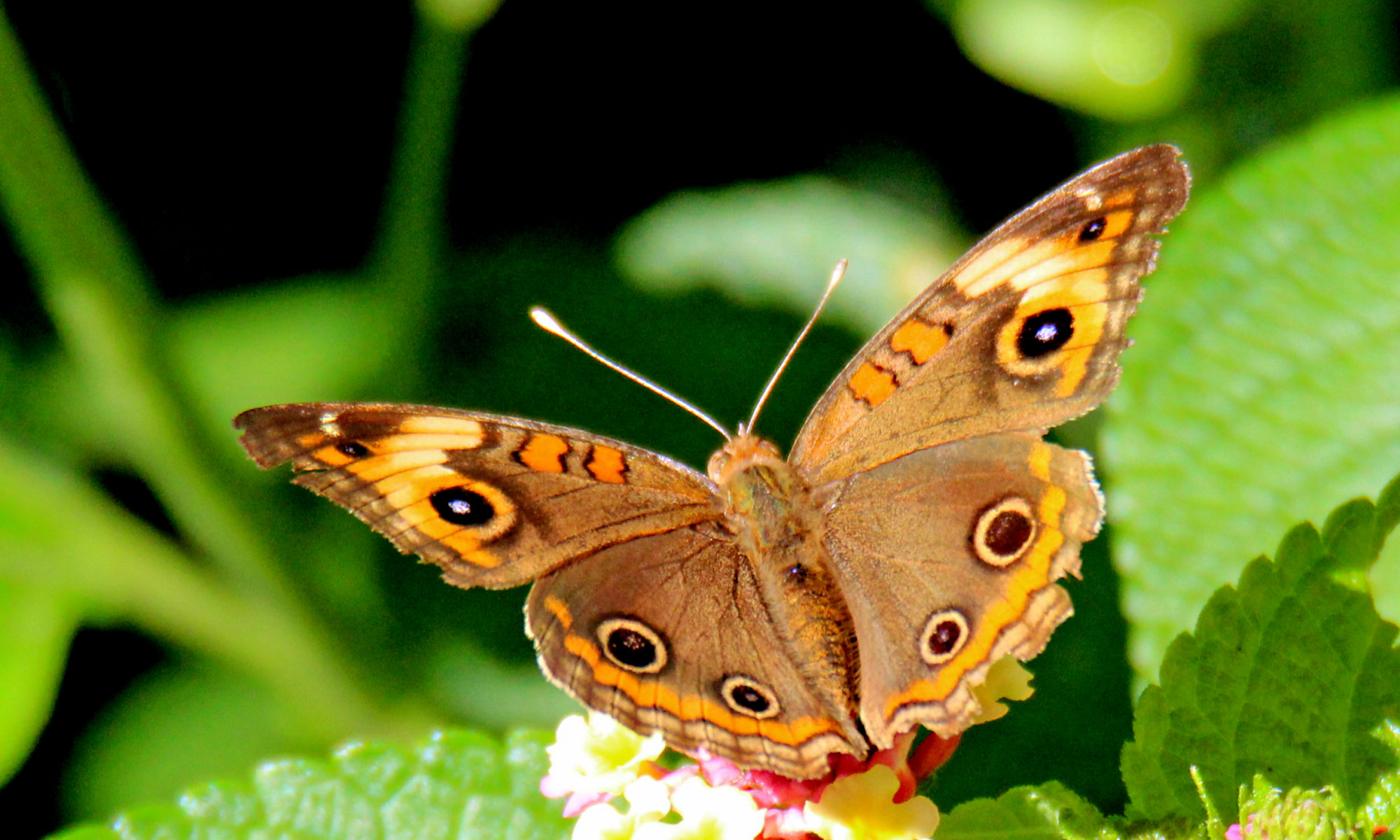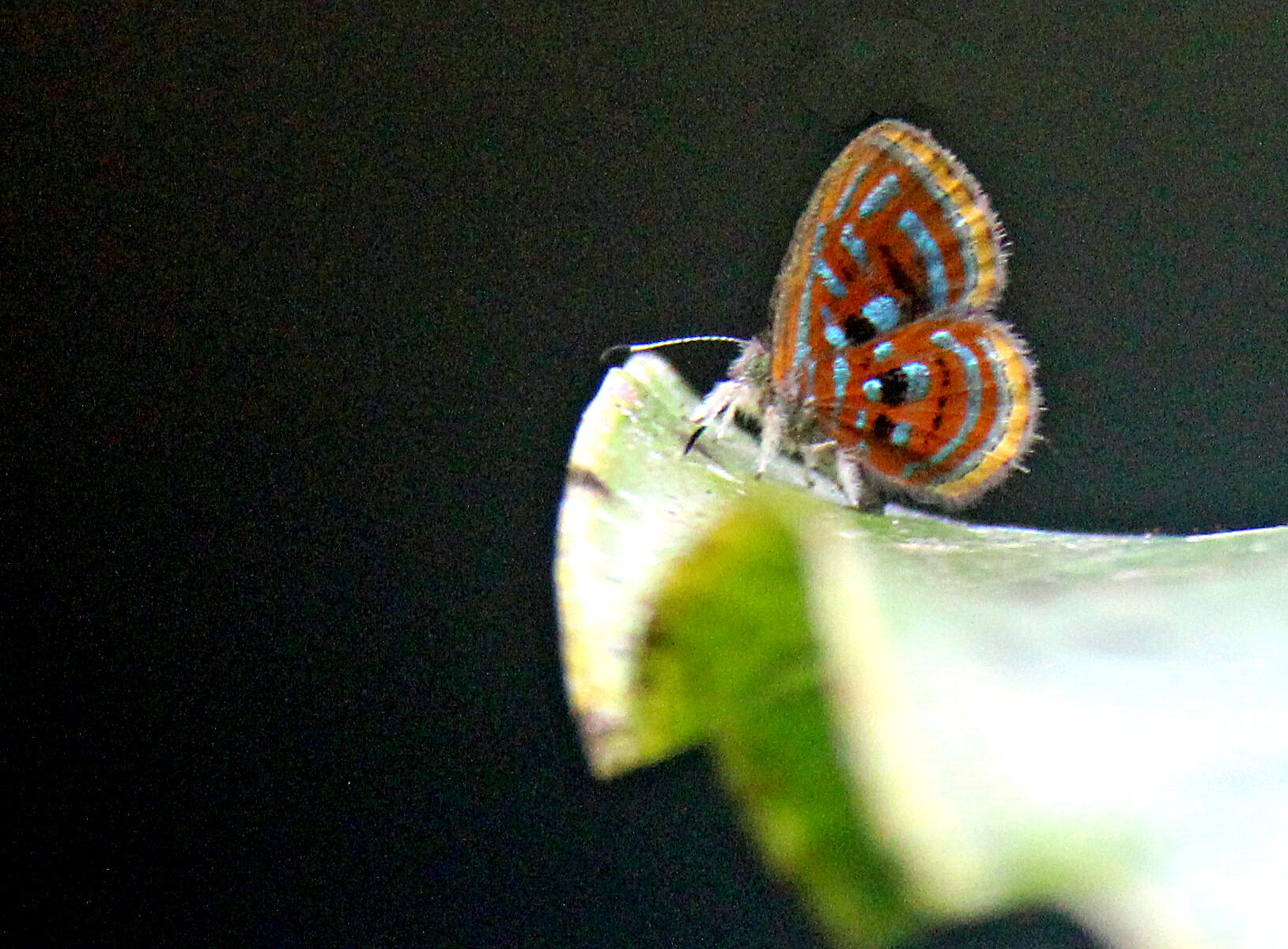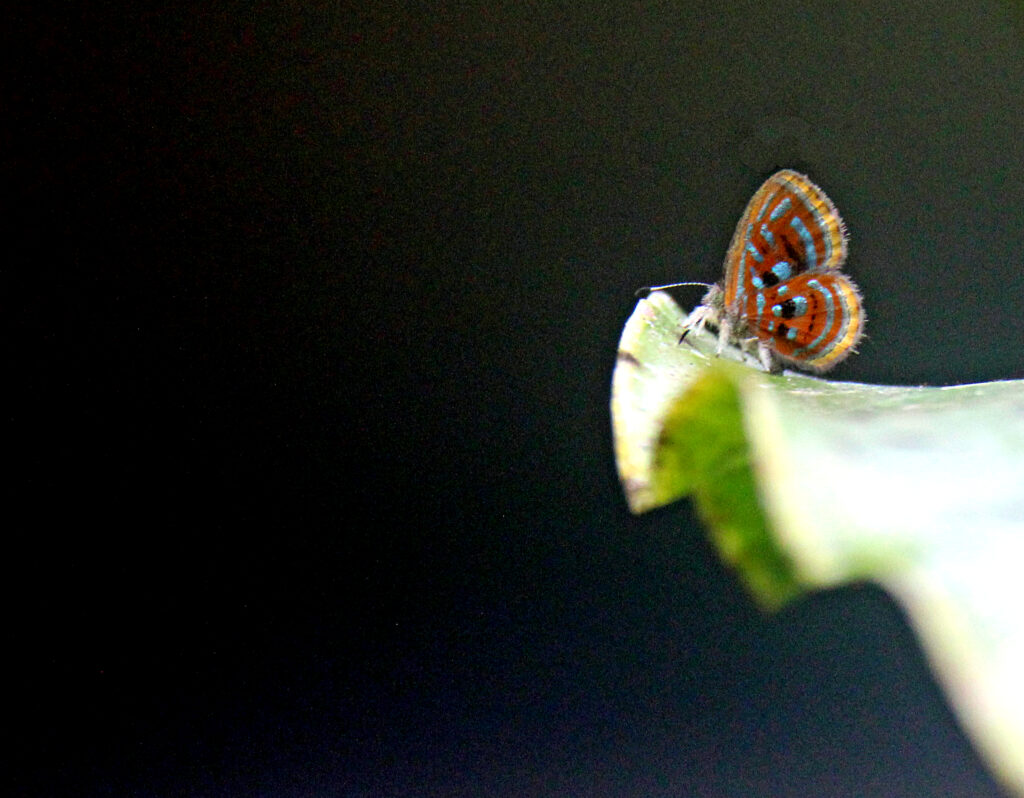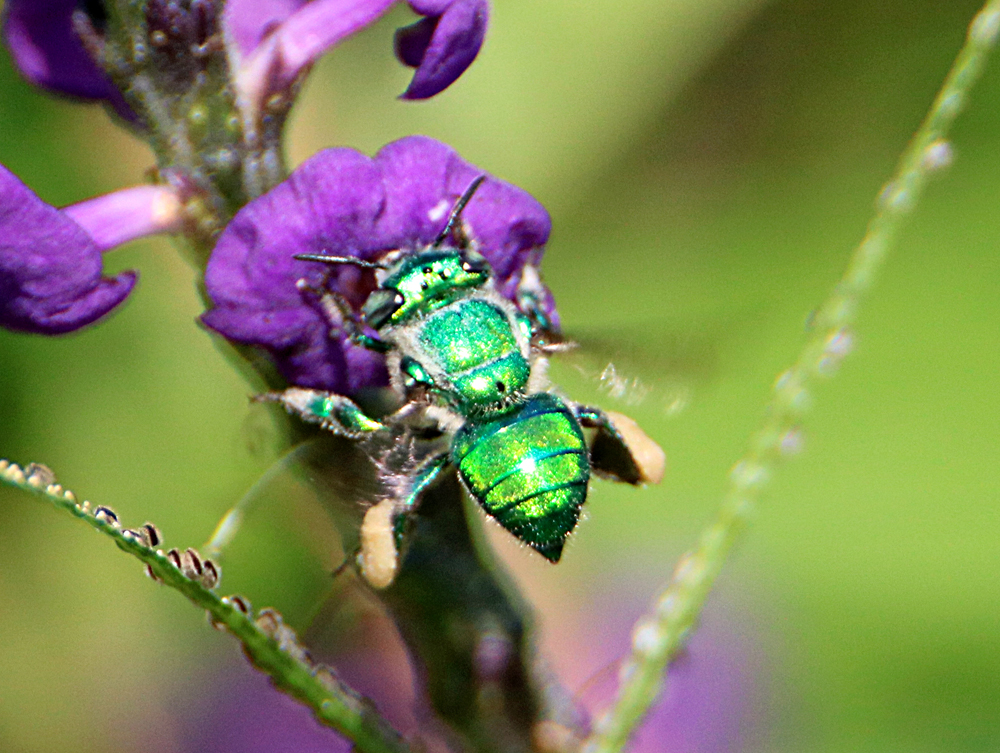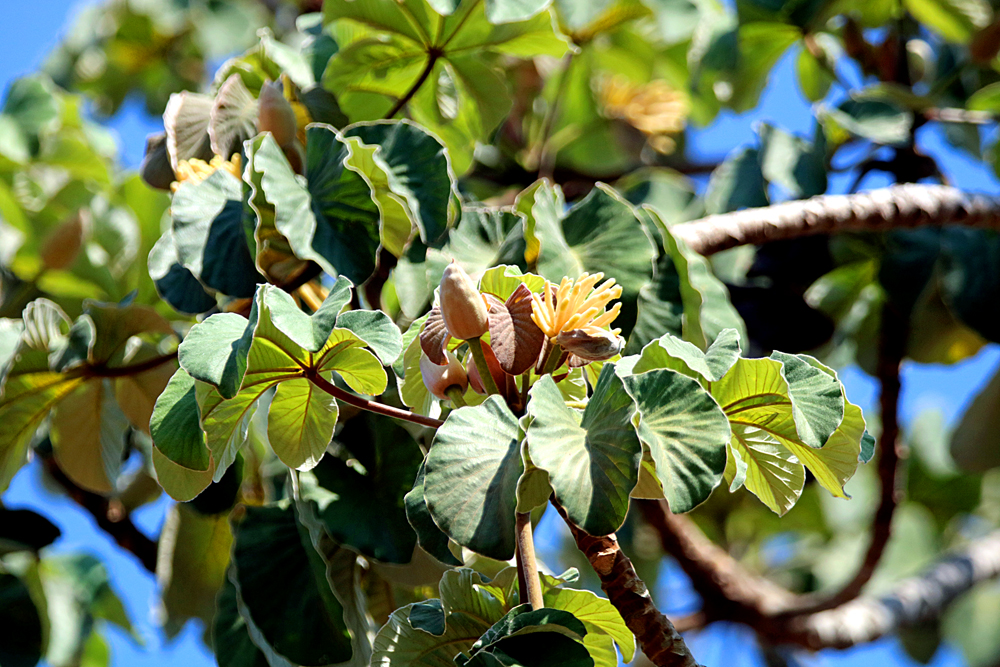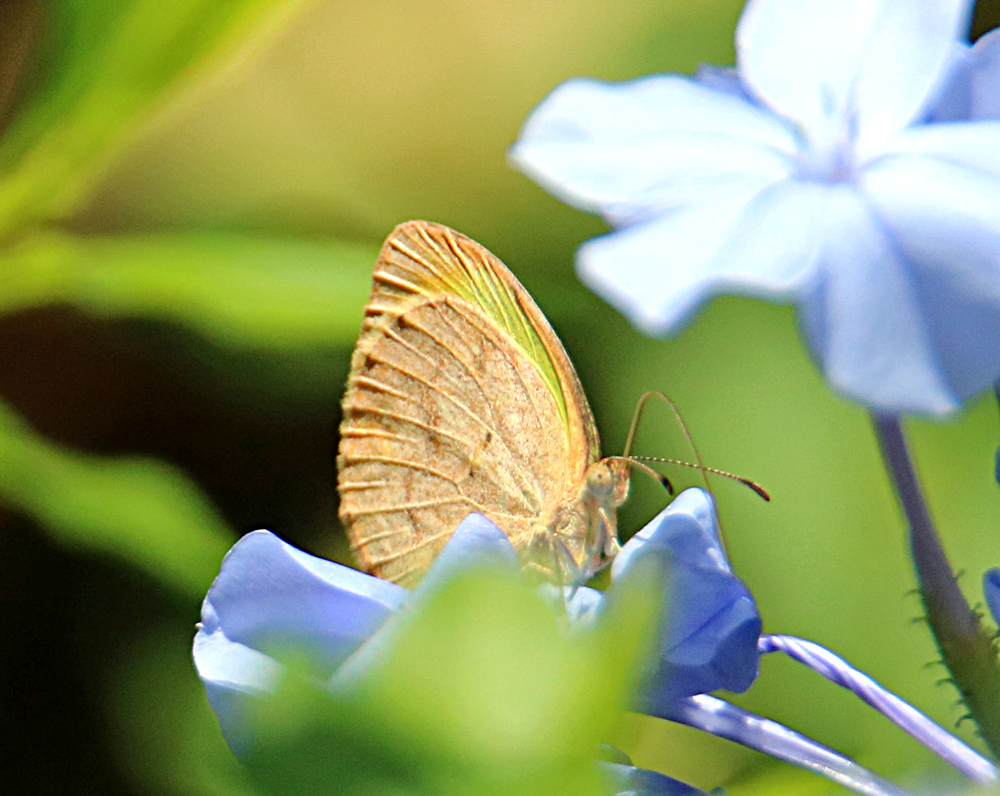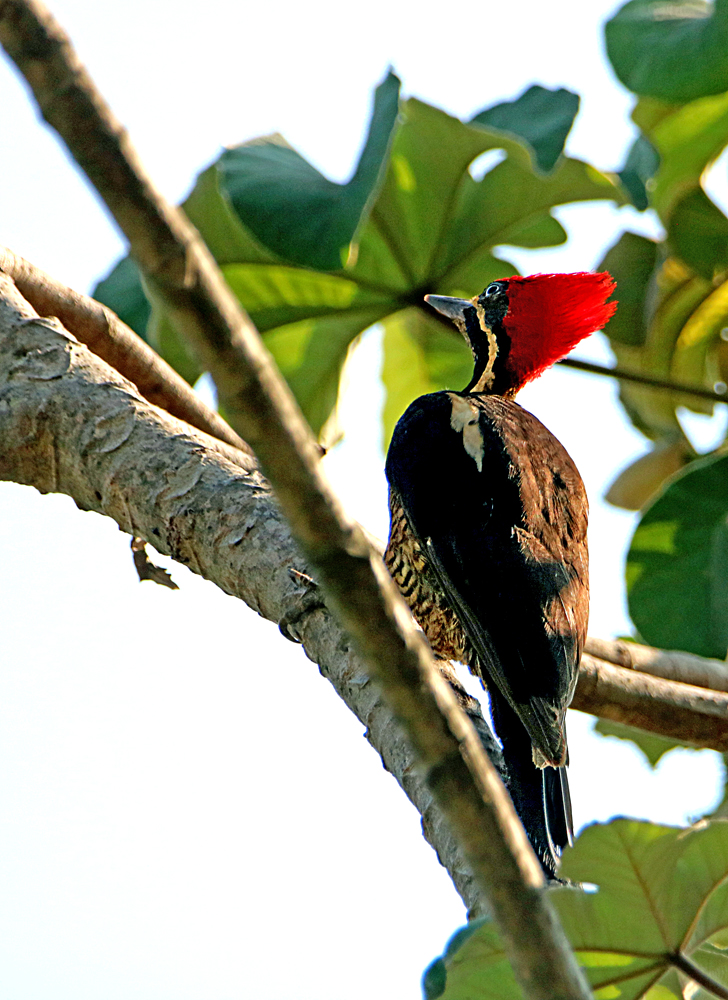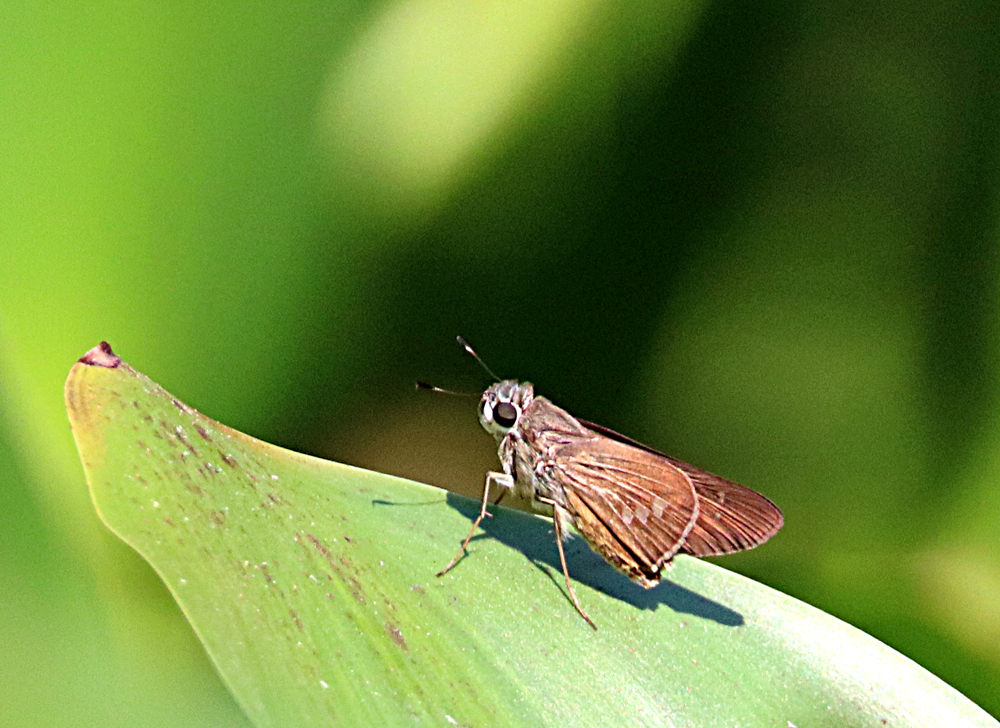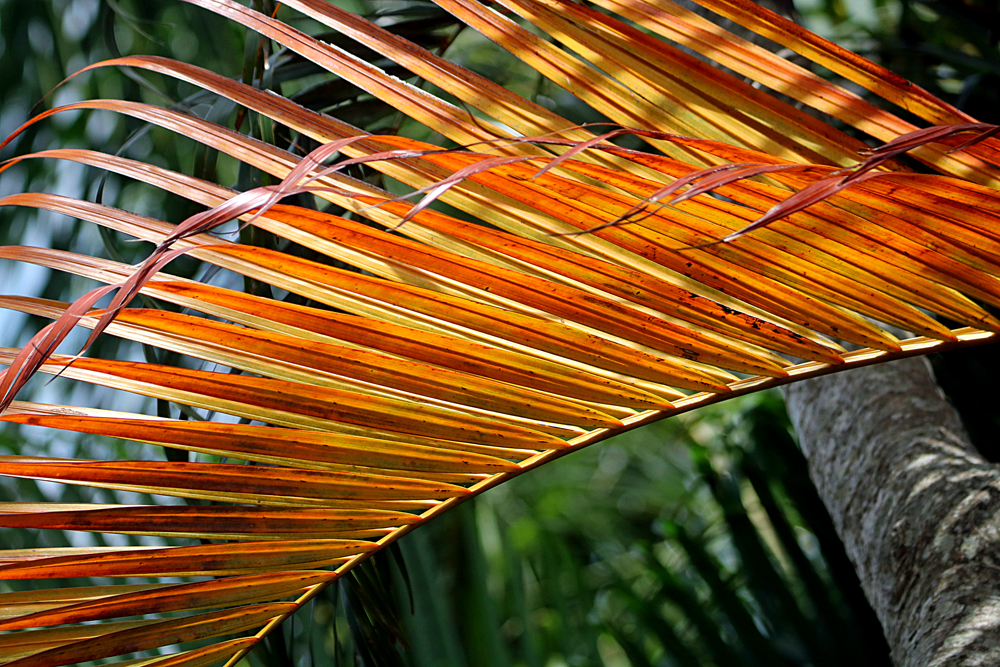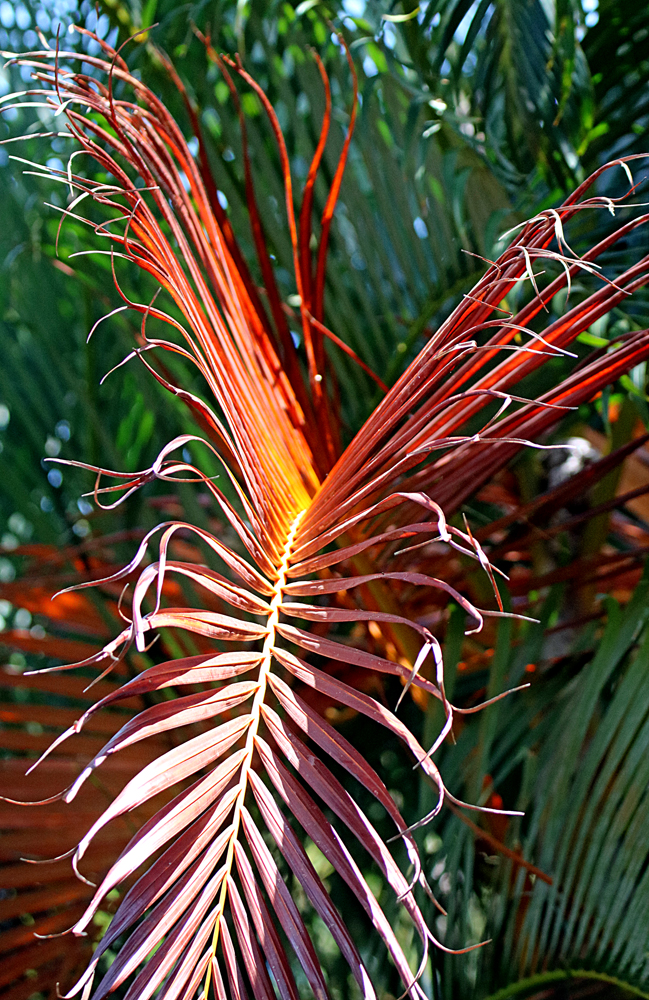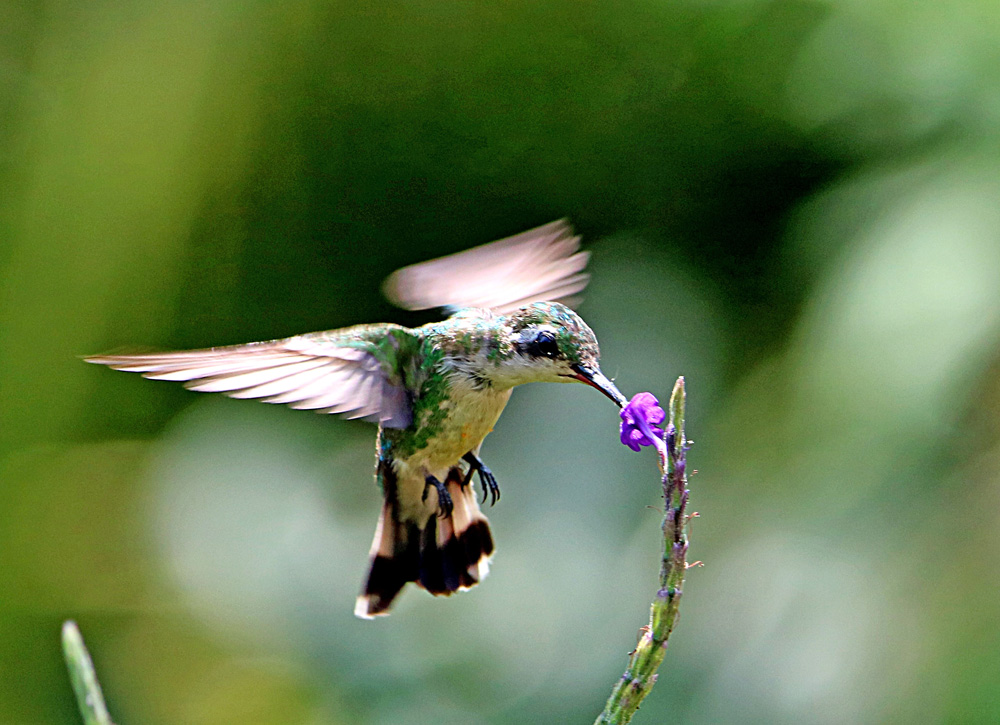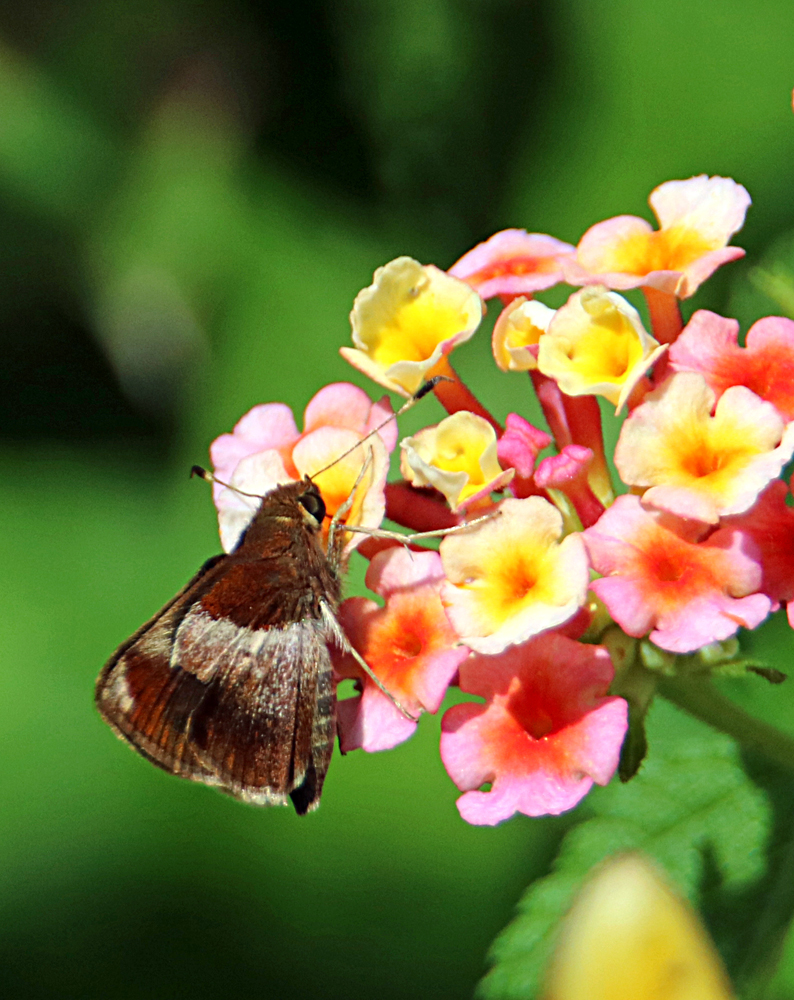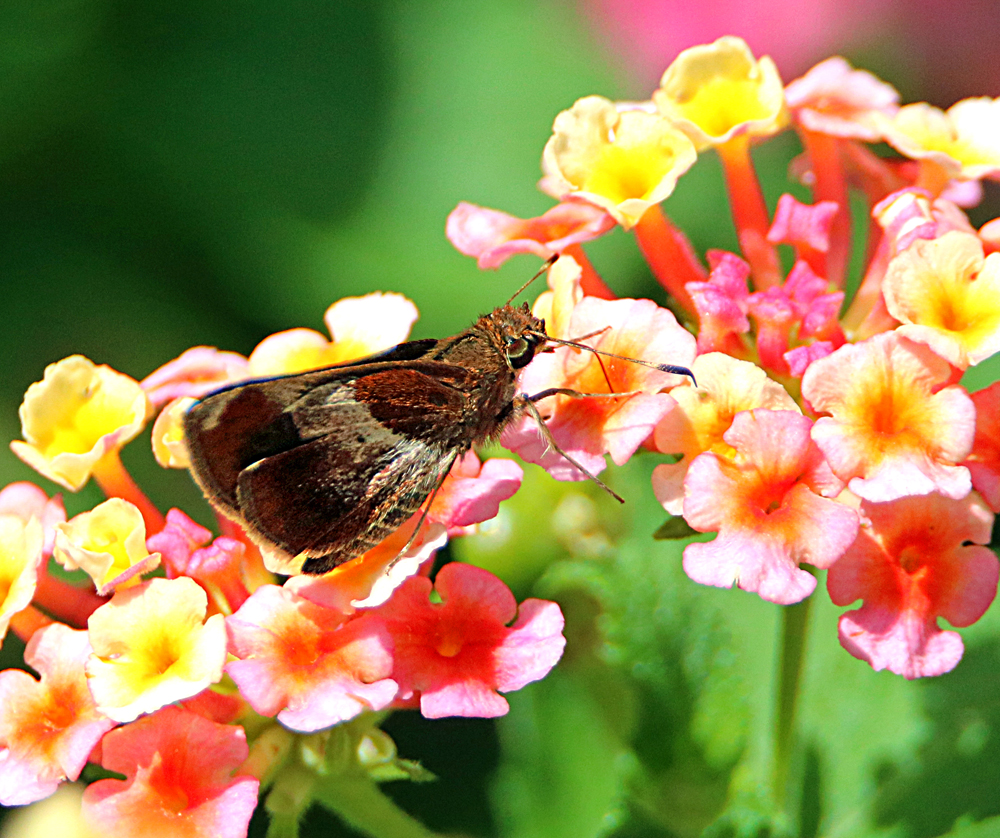Juan Santamaria was a young man from Alajuela who became one of the few ever “war heroes” in the only significant battle Costa Rica fought in the 1800s when a renegade army of southern Americans came down to claim Central America as slave states and a part of the confederacy. Well, they had temporary control of Nicaragua above us and so the Costa Rica army marched in to keep them out of Costa Rica. Young Juan sneaked behind the enemy line with a torch and set fire to all of the American tents and barracks that had been set up. They all ran and that was the end of making Central America a slave state!
Juan Santamaria Day is actually April 11 (once de abril) but like the U.S., government workers and bankers have moved most of such holidays to the nearest Monday, thus this year is today, Monday, 15 April 2024.
The hometown of Juan still celebrates it on the real day, once de abril, and I happened to be in Alajuela on April 11 getting a letter from Aeropost and on my way to my favorite Mexican Restaurant, Jalapenos, I had to cross the parade street and phone-snapped these two shots of the band from private Catholic High School, Colegio Gregorio Jose Ramirez Castro. Work that name into a ball game cheer! 🙂


The Mexican food was better than the parade, so glad I kept walking! 🙂
¡Pura Vida!
More . . .
- My photo of the Juan Santamaria Statue in the Juan Santamaria Park of Alajuela (in my photo gallery)
- Christmas Tree in Juan Santamaria Park in 2017 (a blog post)
- Juan Santamaria Park (a blog post in 2015)
- Photo of Juan Santamaria Museum in 2015 (in my photo gallery)
- And note that the main national airport or San Jose Airport is named the “Juan Santamaria Airport” and is located in Alajuela which is near San Jose. Airport code is SJO.
